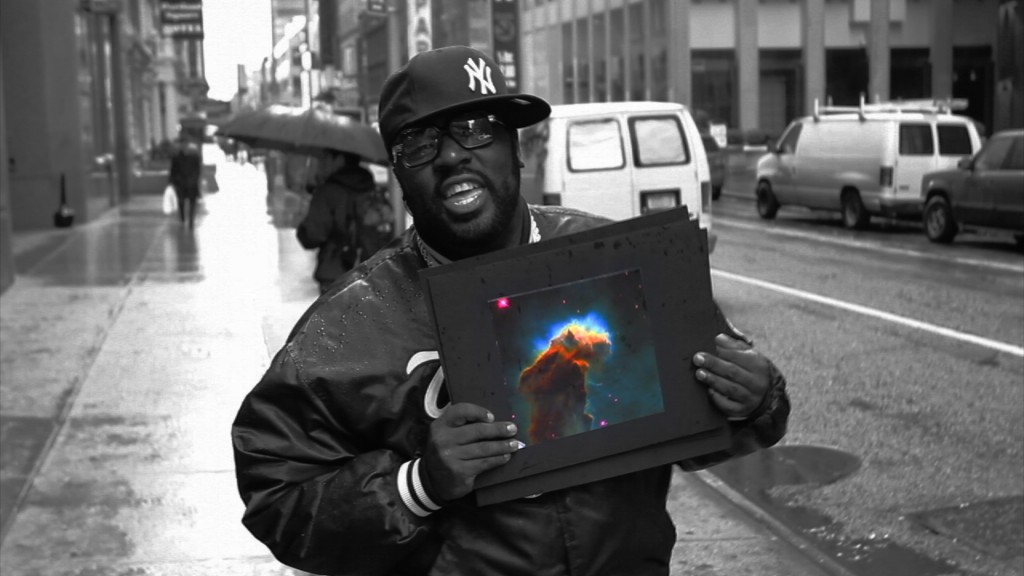According to new research released by a team working with data from the Hubble Space Telescope's Cosmic Origins Spectrograph, this is exactly what happened to our universe over 11 billion years ago. The astronomers, working out of the University of Colorado at Boulder, claim that two billion years after the big bang, conditions suddenly changed and the entire universe overheated. That seems... drastic. How does something like that just happen, and on such an enormous scale?

Image courtesy of NASA, ESA, and STScI.
Click to enlarge.
You may recall from a previous post or two that quasars are extremely distant, outrageously luminous balls of radiation that were born of cataclysmic galaxy collisions in the early universe. They can emit all sorts of radiation, from radio waves to visible light to x-rays. When photons given off by a quasar interact with intensely hot material falling into a central supermassive black hole, they become energized and propagate as x-rays across the expanding universe. Of course, objects this powerful didn't form right after the big bang. It took a good couple of hundred million years for the first stars to form, and then a few hundred million for those stars to condense into galaxies, and then a few hundred million more for those galaxies to become abundant enough to encroach on each others' space, collide, and create the supermassive black holes responsible for the x-ray output of quasars. Once all of this happened, however, it wasn't long before the universe was filled with x-rays and all of its intergalactic gas heated accordingly.

Gas in the interstellar medium is excited by photons at all energies.
Image courtesy of NASA/JPL-Caltech.
You might be wondering how in the world astronomers can know all of this, given that it all occurred over 7 billion years before our solar system even existed. As it so happens, astronomers can use the blazing brilliance of quasar light to study the gas and dust between us and them. When an energetic photon interacts with an atom, it can transfer some of its energy to one of the atom's electrons, causing the electron to temporarily "jump" to a higher energy state. The energy transferred to the electron will always be a discrete amount, and corresponds to a particular wavelength of light (e.g., radio, visible, x-ray). When astronomers study the spectrum of a sample of gas that lies between a photon source (such as a quasar) and a detector (such as a telescope), any absorbed photons will show up as specific lines in the spectrum. Each line, or transition, corresponds to a particular energy and a particular atom, so scientists can automatically tell what type of atom was energized, how much it was energized, and whether enough energy was present to ionize the atom.

The electromagnetic spectrum. Image courtesy of OSHA.
In this case, the CU-Boulder team spotted a hallmark transition of helium in the gas present between 11.3 and 11.7 billion lightyears away. Knowing how much energy is needed to ionize helium, the researchers were able to extrapolate the harsh and stagnant circumstances our early universe may have faced at that time.
Mapping the conditions of the toddler universe: just one more way Hubble gotchu!

Milky J, Hubble aficionado, seen here with an image of the Eagle nebula, M16, courtesy of the Hubble Space Telescope.
No comments:
Post a Comment